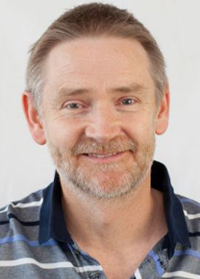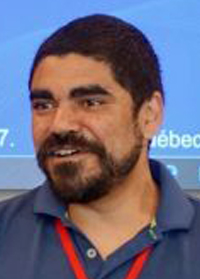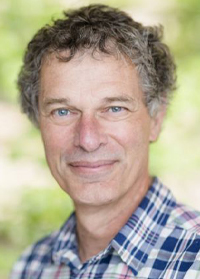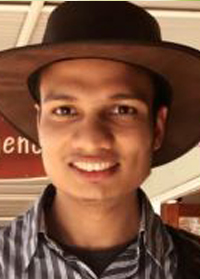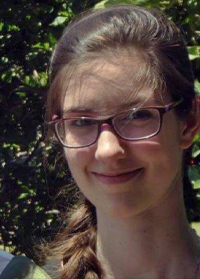
ACEMS is investigating ways to cut down hospital waiting times
Case Study: Decisions
Queueing theory – the branch of applied mathematics that studies how long you have to wait in line at the supermarket – began with attempts to understand the telephone exchange in Copenhagen in the early 20th century. In 2015, the planning of a new hospital in Adelaide raised questions that could well turn the field on its head.
The Royal Adelaide Hospital was moving into a new purpose-built facility, and the designers had a decision to make: how big should the Intensive Care Unit be? The answer would depend on questions like how many patients could be expected at any time and how long each would take to treat.
Professor Nigel Bean got to work on the question with Dr Josephine Varney, as well as healthcare expert Professor Mark McKay from Flinders University and Gerry O'Callaghan, the head of the hospital's ICU.
Nigel and his colleagues thought it should be fairly straightforward to look at the data from the existing hospital and give the designers of the new facility some information to help them decide on the size of the ICU.
They soon found that the situation was more complex than expected.
If you think of a queue – say people lining up at a café for coffee – you have a number of people in the queue and it takes a certain amount of time for each one to be served. Normally in queueing theory you assume that those two things are independent. The barista doesn't make the coffee any faster just because the queue is out the door.
That assumption didn't seem to hold up in the hospital. The amount of time patients spent in the ICU seemed to change, depending on the arrival process.
"You're not just looking at what doctors are doing. It's about how patients move through the system. Why is it that sometimes you'll end up with jammed emergency departments and ambulances waiting in the carpark?"
The cause is still unclear, Nigel says. It doesn't seem to be anything as simple as doctors rushing, but rather a subtler relationship between how much pressure the ICU is under and how critical are the conditions of the patients who make it in.
"One possible analogy is that the ICU is like a pressure valve, and when there's more pressure only more serious patients are let in – and those patients tend to spend more time there."
Whatever the cause, it meant that all existing theory was out the window.
"We did help the hospital by coming up with sort of 'hacks' that answered the immediate questions, but the project raised a lot of fundamental questions in queueing theory that we are still wrestling with years later."
The complex systems of modern healthcare produce knotty decisions of design and operation that are also proving fruitful for other ACEMS researchers, like Dr Mark Fackrell Drs Mark Fackrell and Alysson Costa, Professor Peter Taylor and PhD Student Ashwani Kumar, who are studying patient movement through surgical suites and students like Meirian Lovelace-Tozer, who is modelling donors in a Red Cross blood donation centre.
The work highlights not only how mathematics can contribute to the day-to-day running of businesses and other organisations, but also how these novel situations can unlock new areas of mathematics.
Nigel says it's still not clear how to build a model of a system like the hospital or to describe and quantify the dependencies.
"It's the start of a whole new type of queueing theory. We're literally at the beginning. This year, with Dr Jono Tuke and PhD student Sarah James, we have started a much deeper investigation. We also have another research student starting on it in 2019. It's all still opening up."
